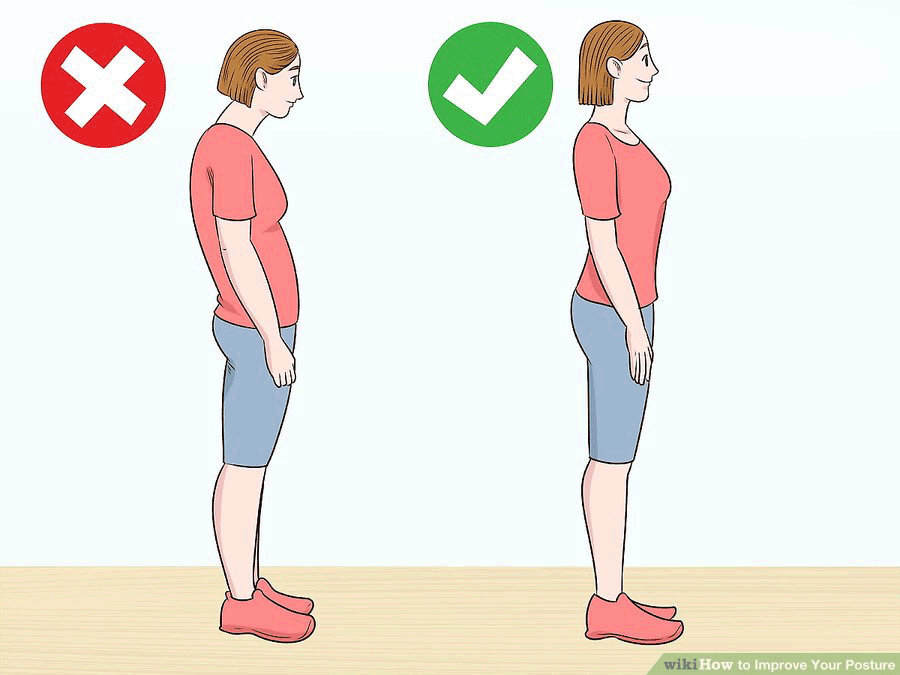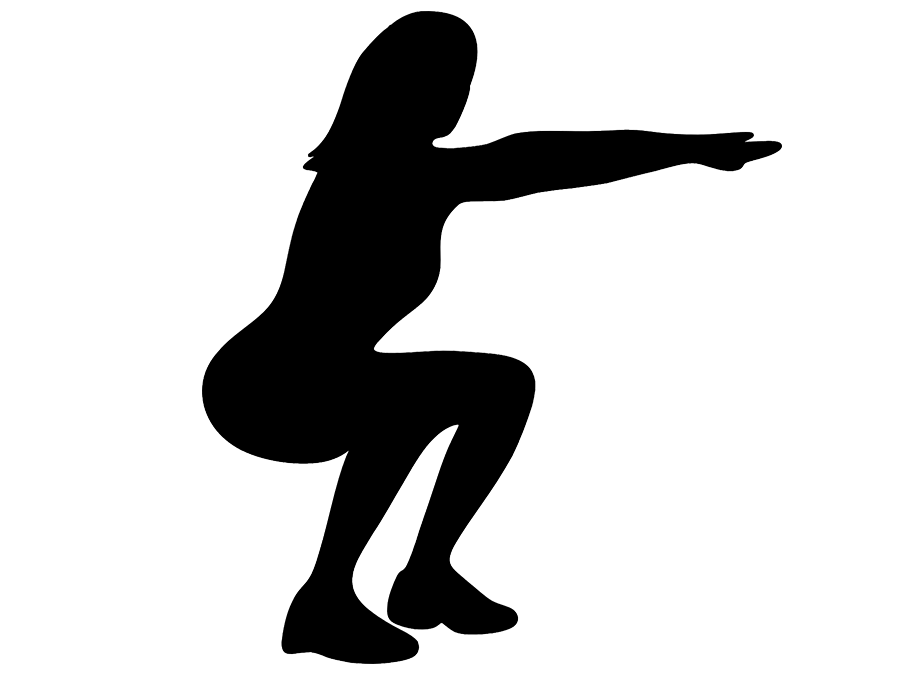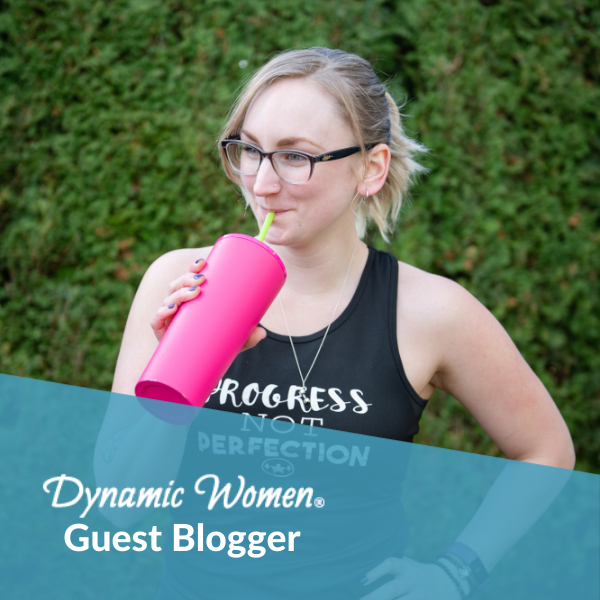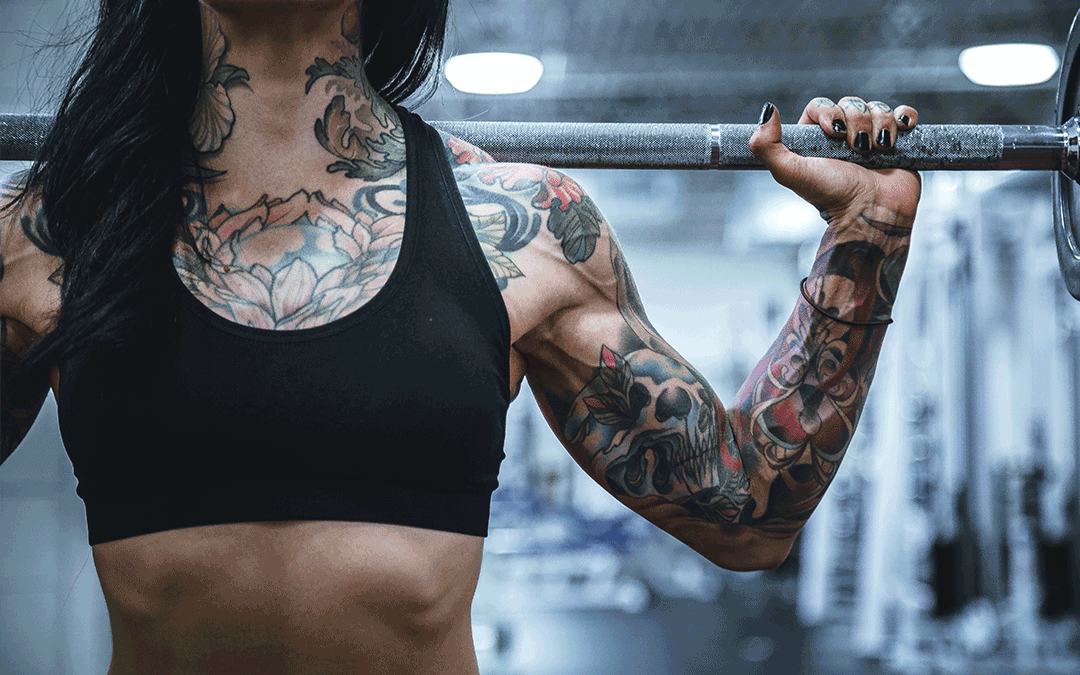If you tuned in for my last blog post, where I spoke about all the reasons why you shouldn’t strength train as a woman, you’ll know that strength training can improve your daily life.
Most of my clients come to me looking to improve their overall health and wellbeing, which means that the gym is a fantastic place to practice movements that they do in their daily lives. I like to view the gym as a safe and controlled environment to practice and load the movements that you would go through everyday, which will help you naturally utilize those movement patterns in real life.
The first things I like to review first are posture and breathing. They seem like very insignificant things, but if you have poor posture and breathing techniques you won’t move efficiently and can run the risk of injury.
Posture

Due to modern-day technology, our posture has taken a turn for the worse. Poor posture can lead to back pain, headaches, body aches, muscle fatigue, mood changes, and it can even make you look like you have a potbelly! Luckily, improving your posture doesn’t require a lot of time or energy, but it can make big improvements to your overall body awareness and composition.
To start, stand up and place both feet on the floor, about hip-width apart. Place your hands on your hips and stick your butt out; this is an anterior pelvic tilt. Now, tuck your butt under, tilting your hips forward; this is a posterior pelvic tilt. Go back and forth between these movements and notice how they feel. Now that you’ve experienced both anterior and posterior pelvic tilts, find a comfortable position in the middle.
Next, draw your belly button in and bring your ribcage down. Thinking of your torso as a cylinder, where your ribs are stacked directly over your hips and your bum “blossoming,” you should be in a neutral alignment. Play around with these positions to find one that is comfortable for you.
Now that your hips and ribs are in place, bring your shoulders up to your ears, pull them back, and then let them down, while keeping your chest up. This shoulder position opens up through your chest and keeps you tall. Play around with your shoulders to find a comfortable position.
Lastly, your neck and head. We’re so often looking down at our phone or at our computer screen, making our chins jut forward, pulling your cervical spine out of alignment and potentially leading to headaches, neck, and jaw pain. Think about drawing your chin back so that your ears are stacked over your shoulders.
This position might feel uncomfortable to start with; your upper back may fatigue because those muscles aren’t used to being activated. Strength training can help strengthen the muscles in your back, making proper posture easier to achieve. Keep practicing and adjusting, it will feel normal the more consistent you are!
Next we’re going to look at breathing techniques. Breathing is such a thoughtless act, we do it so naturally, which can lead to breathing inefficiently especially when exercising or exerting ourselves.
Breathing
Start by laying on your back with your knees bent and feet flat. Place your hands on your hips and practice tilting your hips under to press your lower back into the floor, then tilting them back to create an arch. Find a comfortable position; your lower back should have a slight arch to it, enough to just fit your hand under the small of your back.
Place one hand on your chest and the other on your stomach.
Take a deep inhale and focus on opening your ribcage and filling up your belly while keeping your chest relaxed. This is called diaphragmatic breathing. If you notice that your chest raises and your stomach stays flat, it’s common, but can lead to tightness through your chest and your upper back, so really practice breathing into your stomach and the bottom of your rib cage.
As you exhale, feel your belly draw in towards the floor. Think about bringing your ribcage down to create that cylinder we practiced earlier. Practice breathing this way, feeling your stomach fill and empty with each inhale and exhale.
Breathing and exercise go hand in hand, although it’s usually the first thing you’ll forget about because you’re so focused on doing the movements. Think about inhaling through the easy part of the movement and exhaling through the hard part of the movement. Exhaling during the hard part of the movement helps to naturally engage your core muscles, creating a strong base.
You can practice forcefully exhaling by taking a deep inhale and forcefully letting out your breath in 1-5 exhales. I like to use a “ch” sound to practice this breathing technique. Inhale, exhale ch-ch-ch-ch-ch. Keep your hand on your stomach and notice the muscles contracting with each exhale- that’s your core naturally engaging!
Alright, now that posture and breathing are out of the way, let’s start moving!
Sit to stand

Squats! Not just for the gym bros, but for everyone! Anytime you stand up out of a chair or off the toilet, you are essentially doing a squat, which means it’s a fantastic exercise to practice.
Let’s go through some ways to make this movement more efficient.
First, starting in a seated position, place both feet about shoulder-width apart, flat on the floor. The distance you place your feet from your chair will be different for everyone, so play around with what feels best. If you have knee pain, keeping your feet directly under your knees can help with that pain.
Your arms can go wherever is comfortable, either straight out in front of you or with your elbows bent in front of your chest. Keep your shoulders back and your chest up.
Next, imagine that you’re picking up a $1000 bill with your butt, this should automatically turn your knees out slightly.
Inhale, draw your belly button in, and exhale as you drive through your feet to stand up tall. Think about using your butt to push yourself up out of the chair. As you sit back down, push your hips back and sit down in a controlled manner. Repeat!
This exercise is fantastic for your legs, glutes, quadriceps, hamstrings, calves, and core muscles.
Carrying those groceries
We’ve all been there, two trips are one too many to bring the groceries in from the car. In the gym space, we call this type of movement a farmer carry where we place a weight in each hand and walk tall, engaging through your core, back, arms, and legs.
Holding the groceries in each hand keep your shoulders back and even. Try to utilize your core muscles to hold yourself upright and avoid dropping one shoulder down to compensate for the weight. Stand up tall and exhale with each or every other step (play around with different breathing techniques to find one that feels best), drawing your belly button in to engage your core. Focus on keeping your torso a solid cylinder.
Walk normally, heel to toe, while keeping tension throughout your body.
Walking up and down stairs.
This is a big one for a lot of my clients, walking up and down the stairs can put a lot of stress on your knees, making it challenging if you experience knee pain.
We’ll start by going up the stairs. Place as much of your foot on the step as possible, sit your hips back so your knee stays over your foot. Think about keeping your chest up and shoulders back.
Exhale and push through your full foot into your heel while squeezing your butt to step up. Repeat all the way up the stairs. Focusing on utilizing your full foot while walking up the stairs can help with knee pain because you’re not putting as much of a shearing force on your knees, by keeping your weight back into your hips.
Going down the stairs can be a little trickier because that shearing force happens naturally. Still think about engaging through your glutes by keeping your hips back. Alternatively, you can walk down sideways, which is a great way to utilize your glute med (the outside muscles of your glute/hips).
Play around with what feels best and keep practicing!
There you have it, try out these exercises anytime and anywhere to help yourself move better throughout your daily tasks. I’ve found that a lot of improvement comes from just being mindful of how your body is moving, bringing awareness to your breath and movement patterns helps with overall control and coordination! I’d love to hear from you, were these helpful? Which tip did you find most surprising or beneficial?

About Nicole
Nicole is a certified Personal Trainer and Nutrition Coach for women who want to ditch the scale and start living life as their best self. Nicole prides herself on her relationships, ensuring that she gets to know each of her clients on an individual basis so that she can help them achieve their goals. She believes that you don’t need restriction to achieve your goals and teaches her clients how to make informed decisions in all aspects of their life.
Nicole is most often seen singing and dancing to whatever music is playing, while sporting her brightly coloured water bottle and a smile.
Facebook | Instagram | Website

